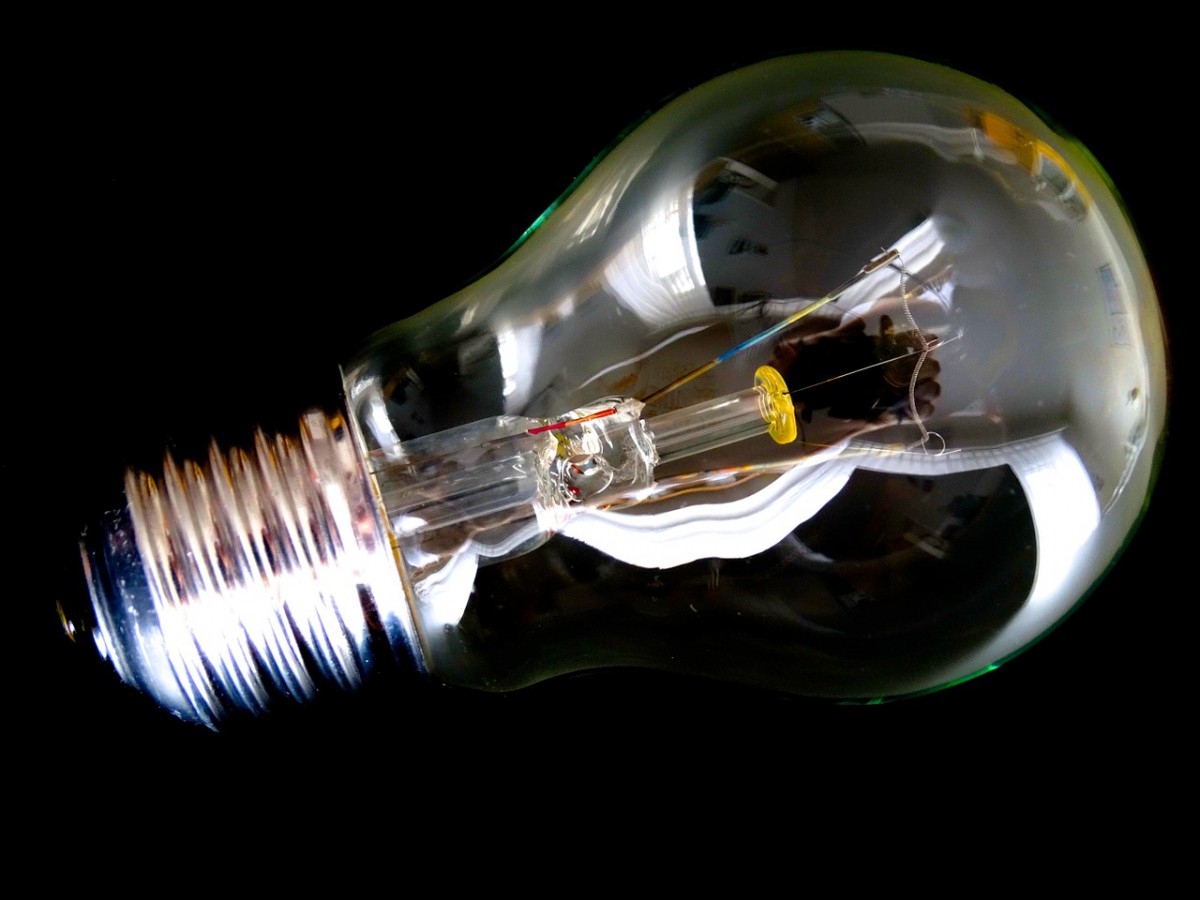Tao In – Regaining a Youthful Body
This week I started watching a video by Mantak and Maneewan Chia. You can view my previous posts about Master Mantak Chia here https://insidetiger.wordpress.com/2011/04/23/doll-weekly-post-6/ and here https://insidetiger.wordpress.com/2011/04/15/doll-weekly-post-5/

In this video Master Mantak Chia is teaching a workshop about Tao In, Taoist exercises designed to keep the body healthy and active. (Thank you Master Pearson for letting me borrow it). This video is actually a set of two videos; in the first Master Chia explains the reasons behind the set of exercises he is teaching, and the second video is meant to be followed along with in real time, after the first instructional video has been viewed. So far I have been very interested in the teachings, beginning with a very simple explanation of the Taoist approach to health; that the Taoists saw people as a small part of nature on the Earth, which is a small part of the Universe, and the way to keep healthy is to keep the energy moving within ourselves, between ourselves and nature and the Universe. The exercises shared in Master Chia’s classes are specifically designed to keep the energy moving throughout our bodies as well as taking in energy from the Universe and expelling any negative energy.
Some of the important areas of our bodies which are focused on for these exercises include the tendons, diaphragm and psoas muscles. Master Chia gave an interesting analogy relating to tendon health by holding up 2 rubber bands and stretching them. One rubber band snapped back to its original size, while the other rubber band snapped back but in a looser form than it had held previously. So, which way is healthier for tendons- to be able to stretch and spring back, or to be simply loose and not spring entirely back to original position? Though it may seem healthy to be flexible, just being able to stretch the body extremely isn’t necessarily as healthy as being able to stretch briefly and then spring back to an unstretched position.
The psoas muscle runs between the spine just above the lower back on both sides and its connecting point on the femur. These muscles are connected to the kidneys in that tension in the psoas muscles leads to kidney related symptoms including fear. Here you can read more about the relationships between the psoas muscles, kidneys, and heart; http://www.universal-tao.com/article/tao_yin.html

The diaphragm sits below the lungs and above the abdomen

Here is a link to an article describing Master Chia’s teachings about breathing – http://www.universal-tao.com/article/how.html
Another main idea discussed by Master Chia is the factor of toxins. Toxins build up in the body and need to be released. One of them is carbon which is created as a by-product of carbohydrate digestion and needs to be efficiently cleared from the body, through breathing. One side effect of a sedentary lifestyle is the greater difficulty the body has cleansing itself of carbon. This leads to build-up in the joints, which leads to pain and stiffness in the joints.
So far I have veiwed the beginnings of the reasoning behind the exercises known as Tao In and I look forward to being able to view and experience the exercises themselves in the near future.
I was also lucky to have been handed a book about Tai Chi by a friend of mine who has generously allowed me to borrow it, so I also look forward to sharing what I learn reading this book.


1 comment